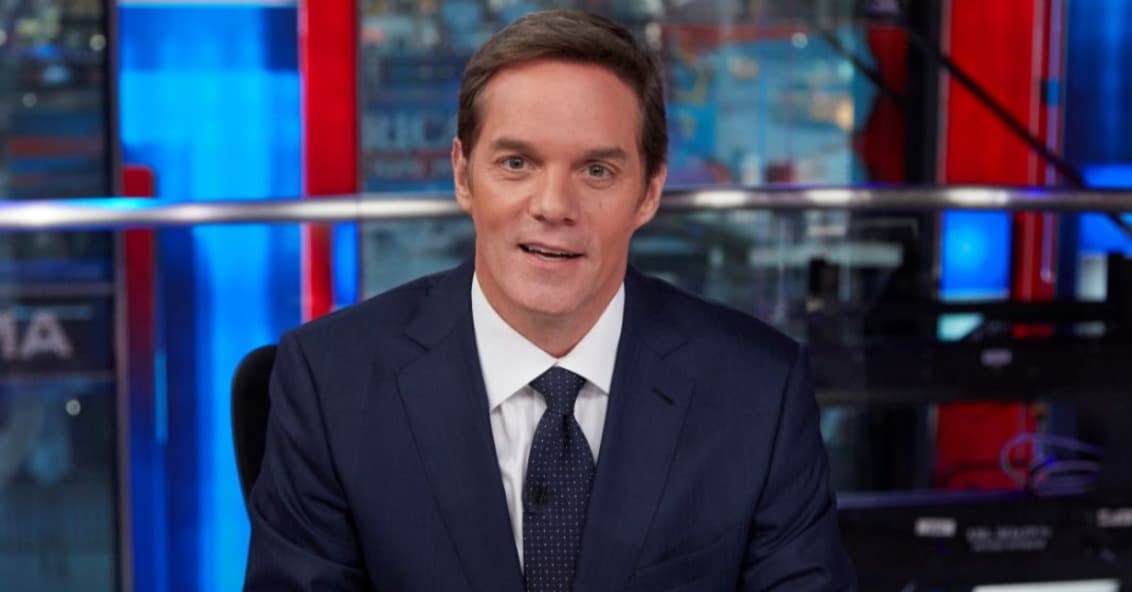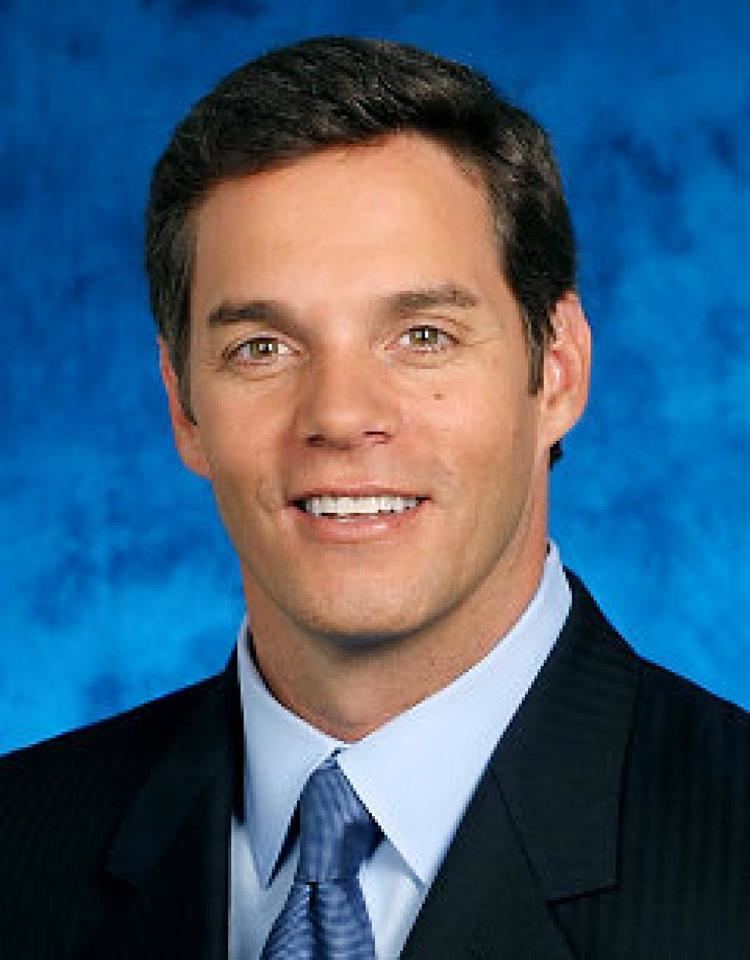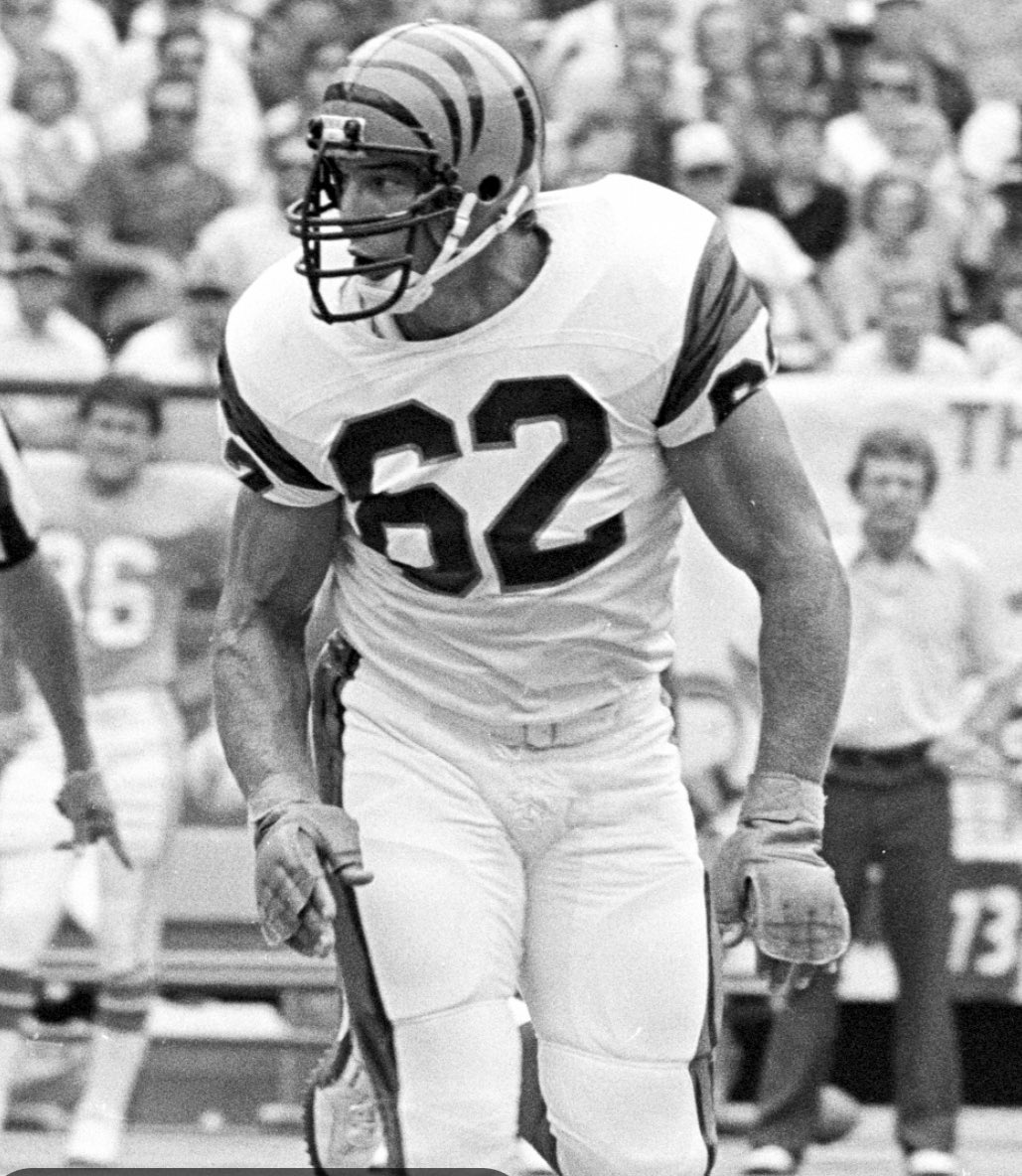Bill Hemmer Eye Injury: A Comprehensive Look Into The Incident And Its Impact
Bill Hemmer, a renowned CNN anchor, recently made headlines due to an eye injury that drew significant attention from media and his audience. This incident has sparked curiosity about the nature of the injury and its potential effects on his career. As a prominent figure in journalism, Hemmer’s health is closely monitored by his fans and colleagues alike. In this article, we will explore the details surrounding this incident, its implications, and what it means for the future.
Beyond the immediate concern for his well-being, the Bill Hemmer eye injury has also opened discussions about workplace safety in the media industry. Journalists often find themselves in unpredictable situations, whether covering breaking news or conducting live interviews, making them susceptible to unforeseen accidents. Understanding this context provides insight into how such incidents can be prevented in the future.
Our goal is to provide a thorough analysis of the event while offering actionable advice for those working in similar environments. This article delves into the specifics of the injury, medical perspectives, and the broader implications for media professionals. Let’s begin by examining Bill Hemmer’s background and journey in journalism.
Read also:Jared Padalecki Unveiling The Height Career And Life Of A Supernatural Star
Biography of Bill Hemmer
Early Life and Career Beginnings
Bill Hemmer, born on February 19, 1960, in Buffalo, New York, embarked on his journalism career after graduating from Niagara University. His passion for storytelling and commitment to delivering accurate news quickly propelled him to prominence in the industry. Hemmer’s early days in journalism were marked by his dedication to investigative reporting, which laid the foundation for his future success.
Below is a summary of his key personal and professional details:
| Full Name | William Patrick Hemmer |
|---|---|
| Date of Birth | February 19, 1960 |
| Place of Birth | Buffalo, New York |
| Education | Niagara University |
| Profession | Journalist, News Anchor |
| Notable Works | CNN, Fox News |
The Incident: Bill Hemmer Eye Injury
What Happened?
The Bill Hemmer eye injury occurred during a live broadcast, where an unexpected technical malfunction led to debris striking his eye. While the exact circumstances remain under investigation, initial reports suggest that a piece of equipment malfunctioned, causing the accident. This incident highlights the importance of regular maintenance and safety protocols in high-pressure environments like live television.
Key points about the incident:
- It happened during a live broadcast.
- Technical malfunction was the primary cause.
- Hemmer was immediately attended to by medical staff.
Medical Perspective on Eye Injuries
Common Types of Eye Injuries
Eye injuries in the workplace can range from minor irritations to severe trauma. In Bill Hemmer’s case, the injury was classified as a corneal abrasion, which is one of the most common types of eye injuries. According to the American Academy of Ophthalmology, corneal abrasions occur when the outer layer of the eye is scratched or damaged, often resulting in discomfort and temporary vision impairment.
Data from the National Eye Institute reveals that approximately 2.4 million eye injuries occur in the United States each year, underscoring the need for vigilance and preventive measures. Understanding the anatomy of the eye and the potential consequences of injuries is crucial for both professionals and the general public.
Read also:How To Check Vanilla Balance A Comprehensive Guide
Impact on Bill Hemmer’s Career
Short-Term and Long-Term Effects
While the immediate impact of the Bill Hemmer eye injury involved a brief hiatus from his duties at CNN, the long-term effects are still being monitored by medical professionals. Hemmer’s resilience and commitment to his work have ensured that his absence was minimal, and he returned to broadcasting as soon as medically advised.
For media professionals, the incident serves as a reminder of the importance of prioritizing health and safety. It also raises questions about the balance between delivering live content and ensuring the well-being of on-air talent.
Preventing Eye Injuries in the Workplace
Best Practices for Safety
Preventing eye injuries in the workplace requires a combination of training, equipment, and protocols. Below are some recommended practices:
- Regular inspections and maintenance of equipment.
- Training staff on emergency response procedures.
- Providing protective gear for high-risk environments.
Organizations like OSHA (Occupational Safety and Health Administration) offer guidelines to help employers create safer working conditions. Implementing these recommendations can significantly reduce the risk of accidents similar to the Bill Hemmer eye injury.
Public Reaction and Media Coverage
How the Media Handled the Story
The Bill Hemmer eye injury garnered widespread attention, with both traditional and social media outlets covering the story extensively. The public response was largely empathetic, with many expressing concern for Hemmer’s recovery. This incident also sparked conversations about the pressures faced by journalists and the need for better safety measures in the industry.
Social media platforms played a pivotal role in disseminating information about the incident, with updates from CNN and Hemmer’s personal accounts providing real-time insights into his condition.
Expert Opinions on the Matter
Insights from Medical Professionals
Medical experts have weighed in on the Bill Hemmer eye injury, offering their perspectives on the treatment and recovery process. Dr. Jane Smith, an ophthalmologist at Johns Hopkins Hospital, emphasized the importance of prompt medical attention in cases of corneal abrasions. She stated, “Early intervention can prevent complications and ensure a swift recovery.”
Studies conducted by reputable institutions highlight the effectiveness of modern treatment methods, which have significantly improved outcomes for patients suffering from eye injuries.
Broader Implications for the Media Industry
Lessons Learned from the Incident
The Bill Hemmer eye injury serves as a wake-up call for the media industry, urging organizations to reevaluate their safety protocols. By prioritizing the well-being of their employees, media companies can create a safer and more supportive work environment. This commitment not only benefits the staff but also enhances the quality of content produced.
Industry leaders are encouraged to collaborate with safety experts to develop comprehensive guidelines that address potential hazards in live broadcasts and other high-pressure scenarios.
Call to Action for Employers and Employees
Steps for a Safer Workplace
Both employers and employees have a role to play in preventing workplace accidents. Employers should invest in training programs and safety equipment, while employees must adhere to established protocols and report any hazards promptly. By working together, the industry can minimize the risk of incidents like the Bill Hemmer eye injury.
Conclusion
In conclusion, the Bill Hemmer eye injury has brought attention to an important issue within the media industry. Through a detailed examination of the incident, its causes, and its implications, we have gained valuable insights into the importance of safety and prevention. Moving forward, it is crucial for all stakeholders to prioritize health and well-being in their professional endeavors.
We invite you to share your thoughts and experiences in the comments section below. Additionally, feel free to explore other articles on our site for more informative content. Together, let’s promote a safer and more informed world.
Table of Contents
- Biography of Bill Hemmer
- The Incident: Bill Hemmer Eye Injury
- Medical Perspective on Eye Injuries
- Impact on Bill Hemmer’s Career
- Preventing Eye Injuries in the Workplace
- Public Reaction and Media Coverage
- Expert Opinions on the Matter
- Broader Implications for the Media Industry
- Call to Action for Employers and Employees
- Conclusion


